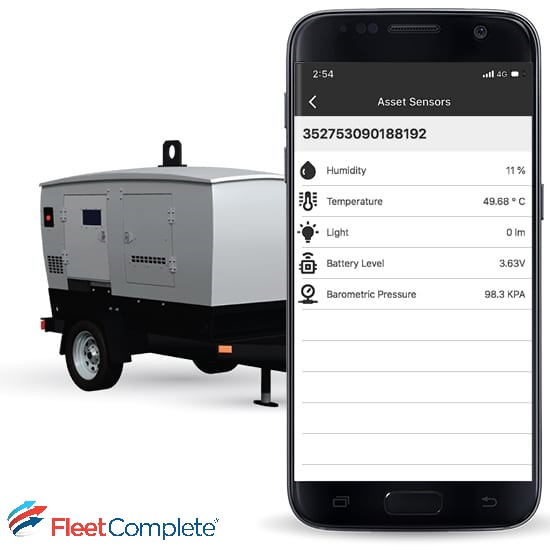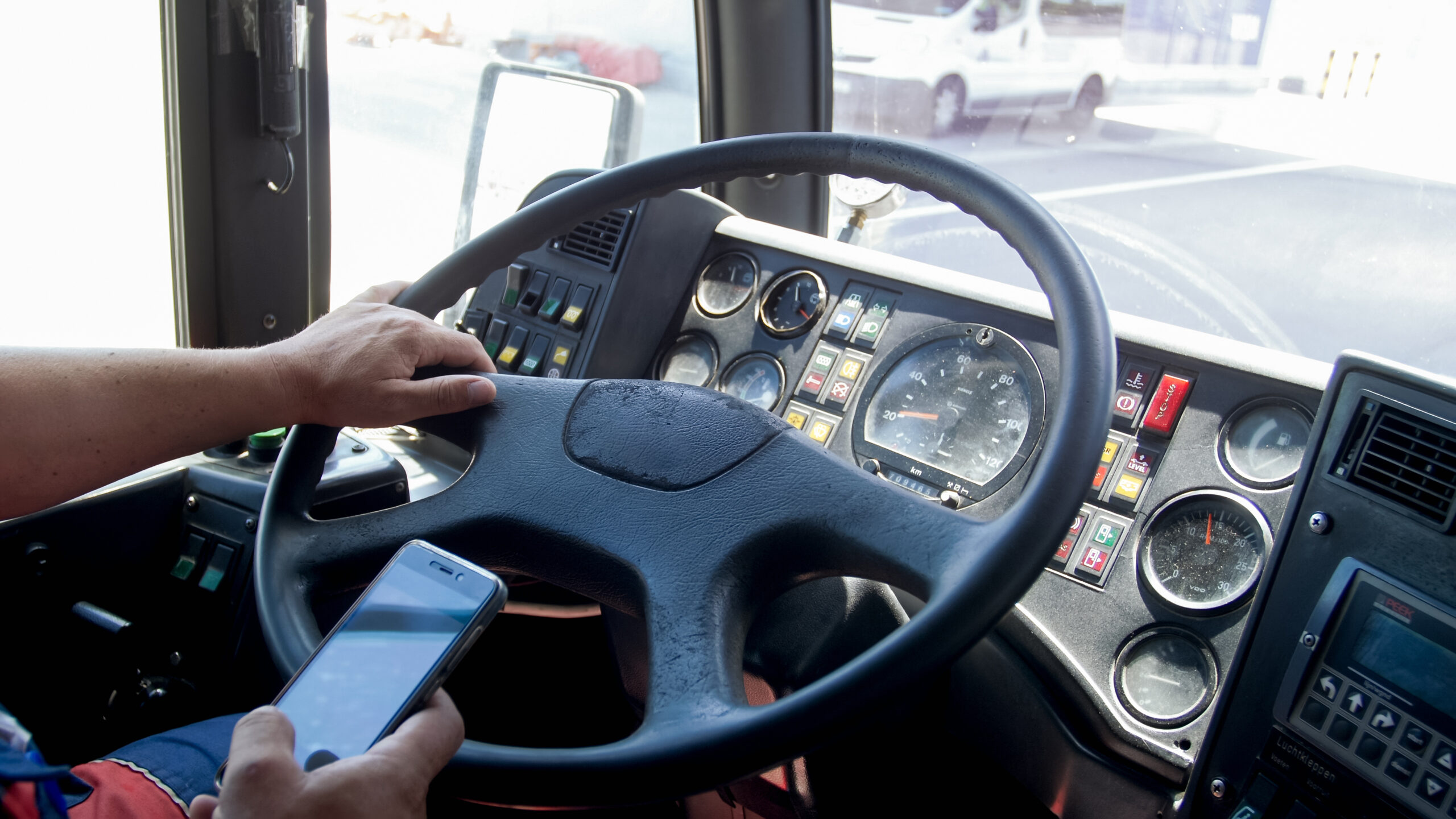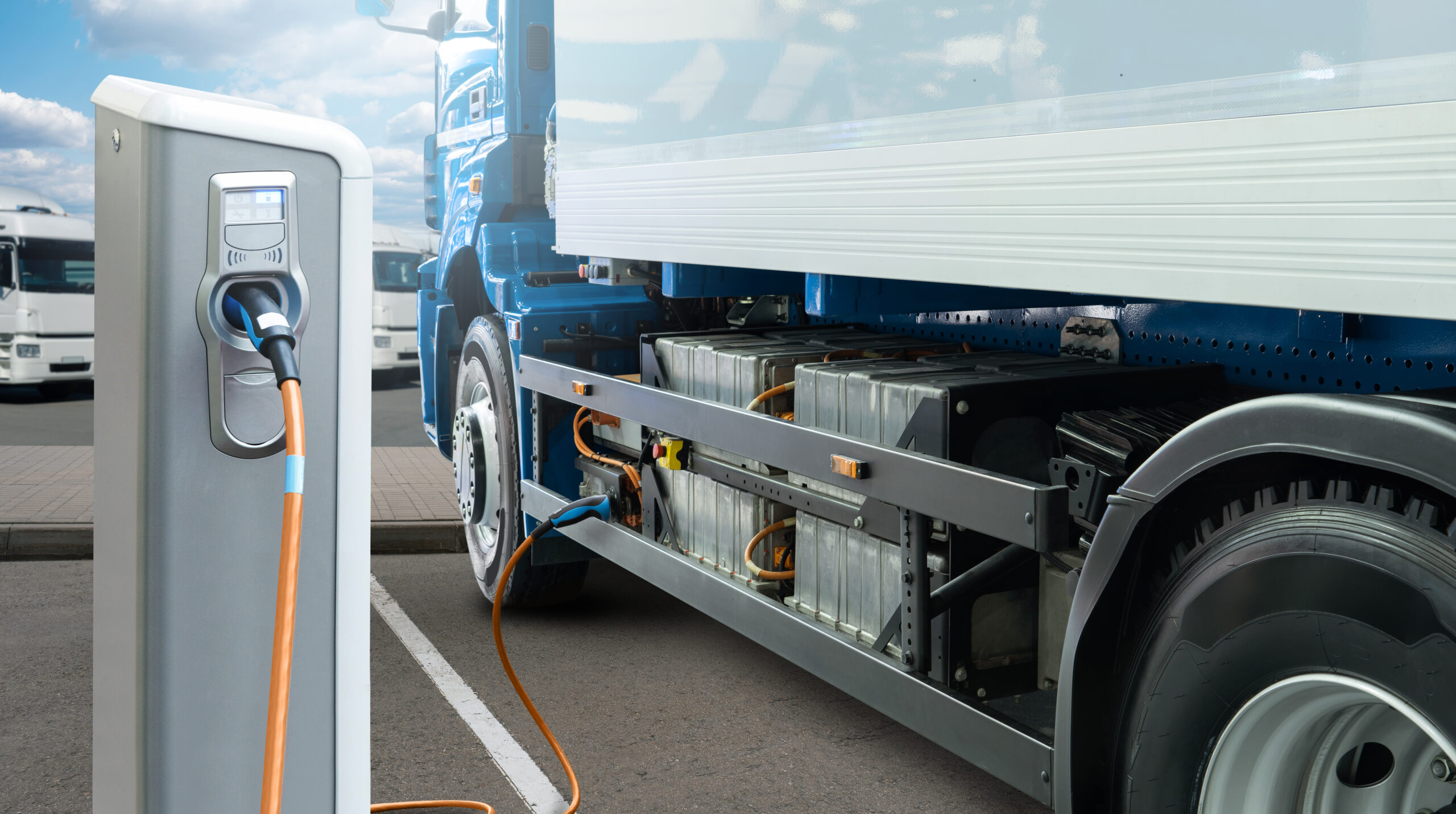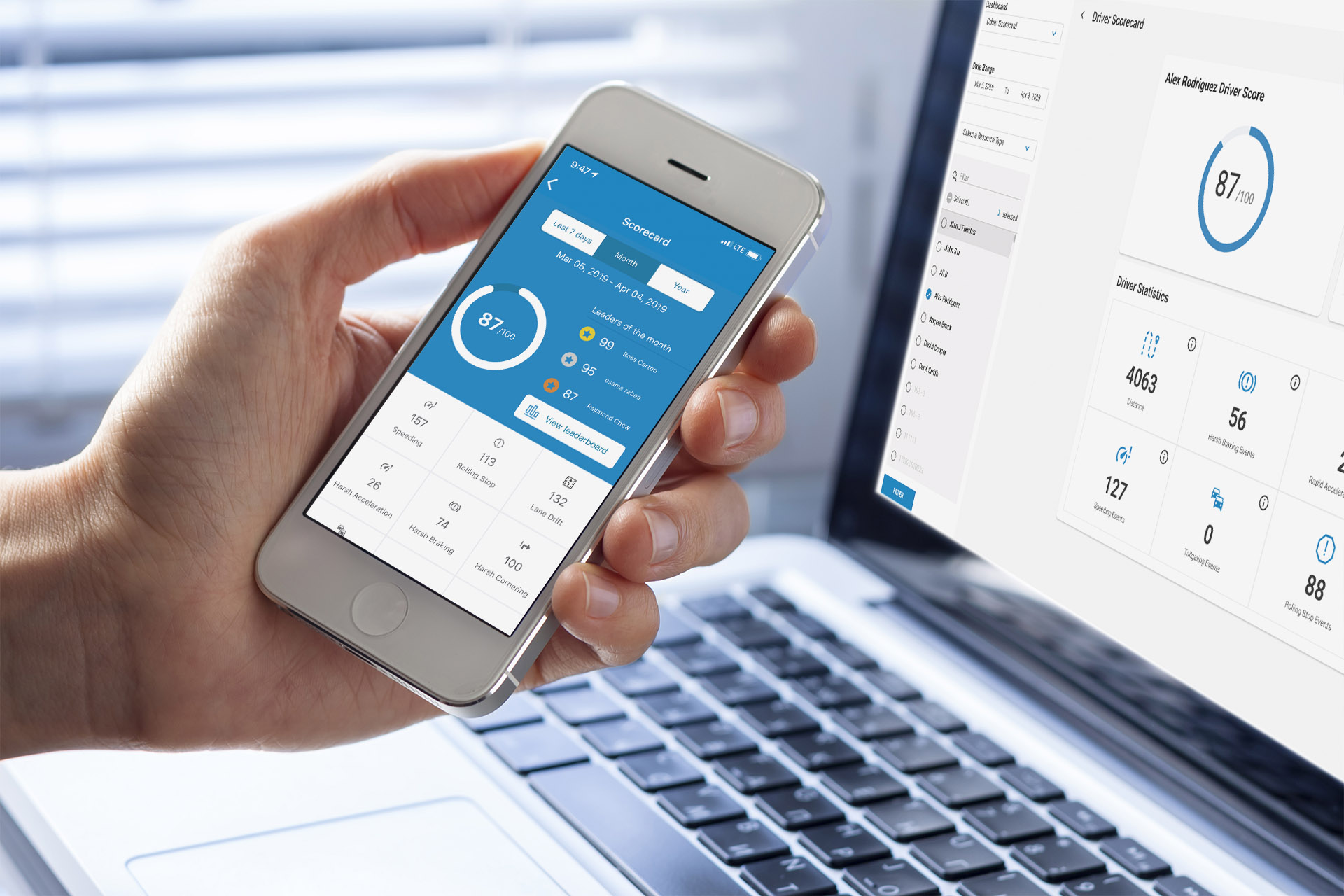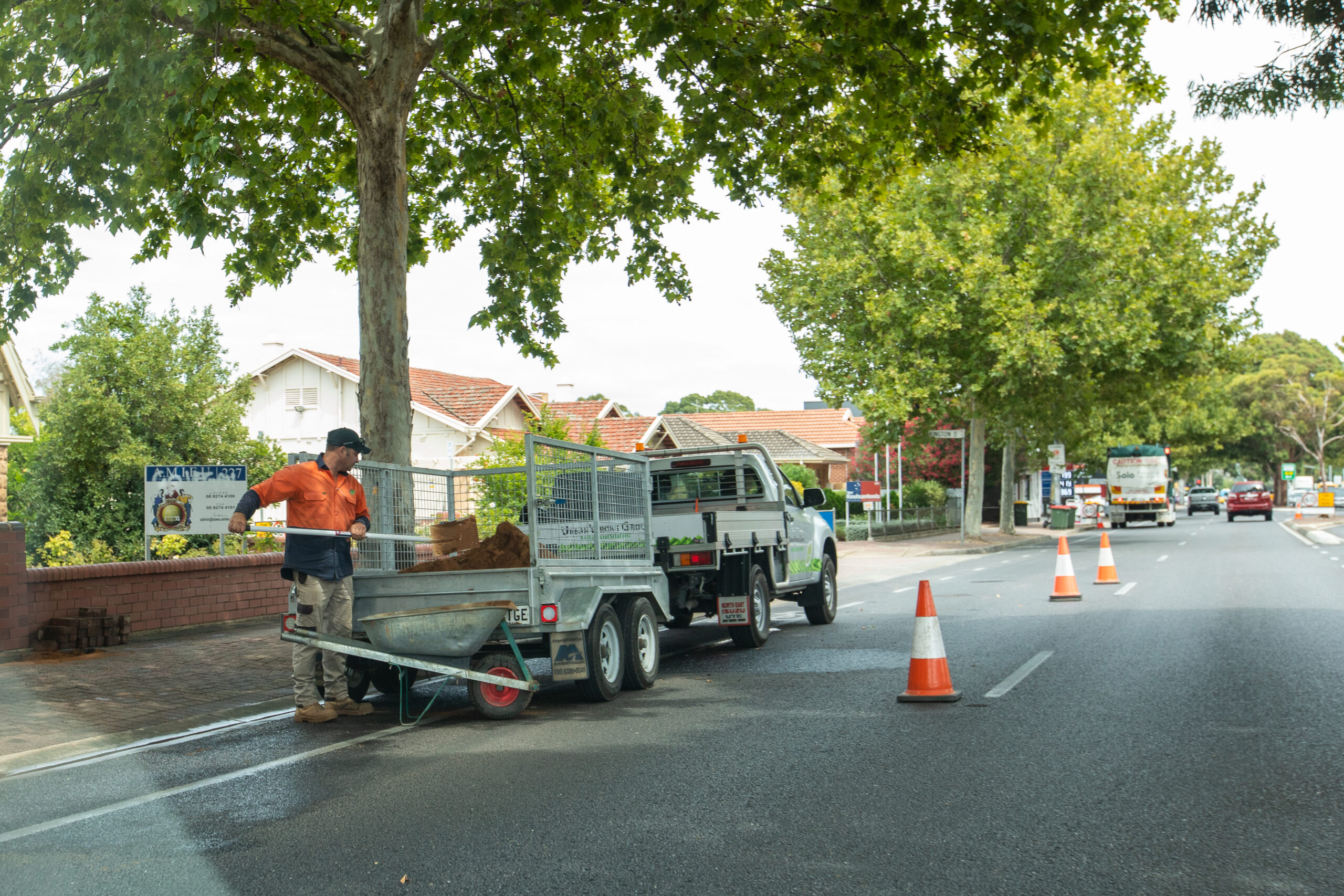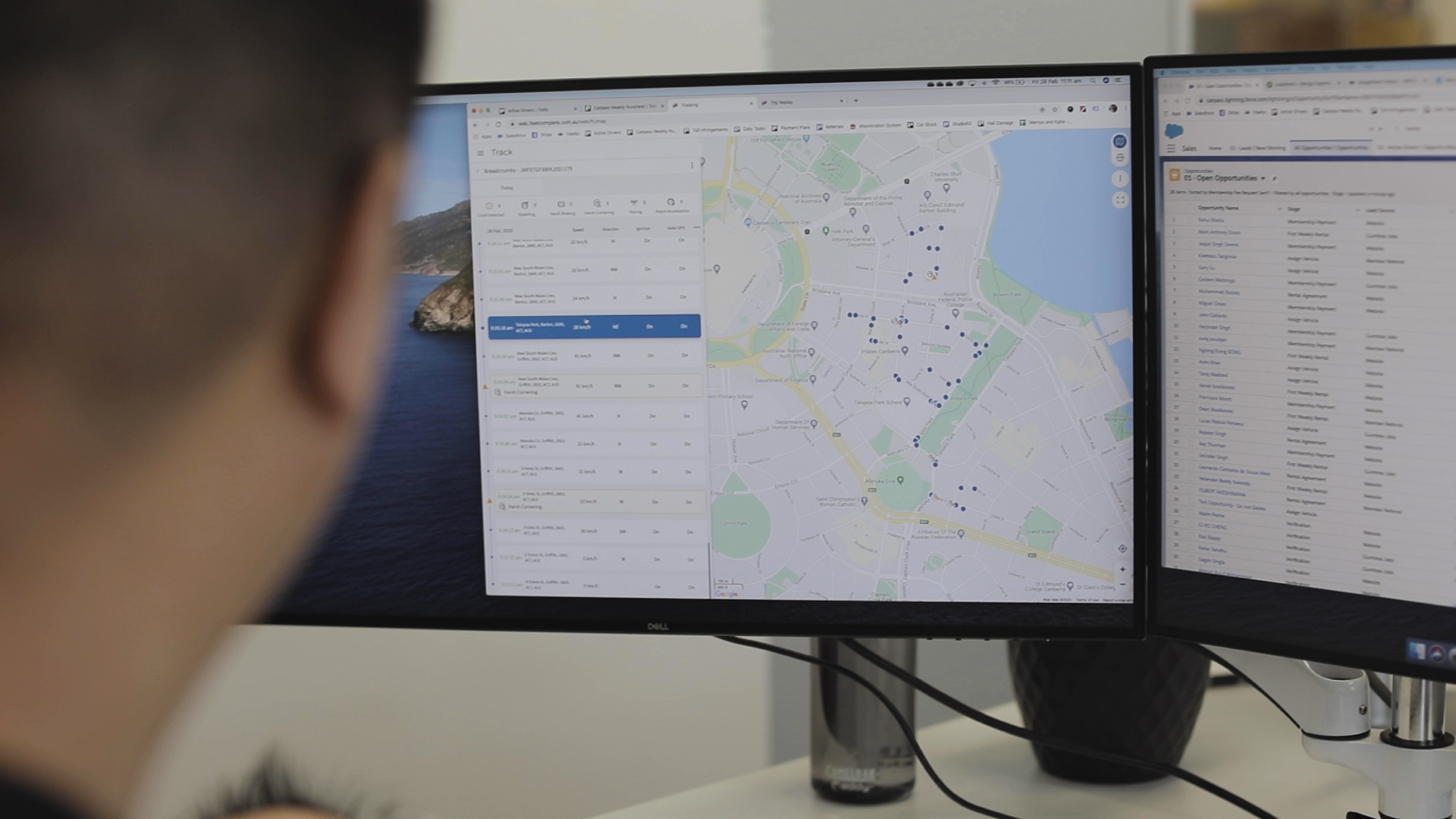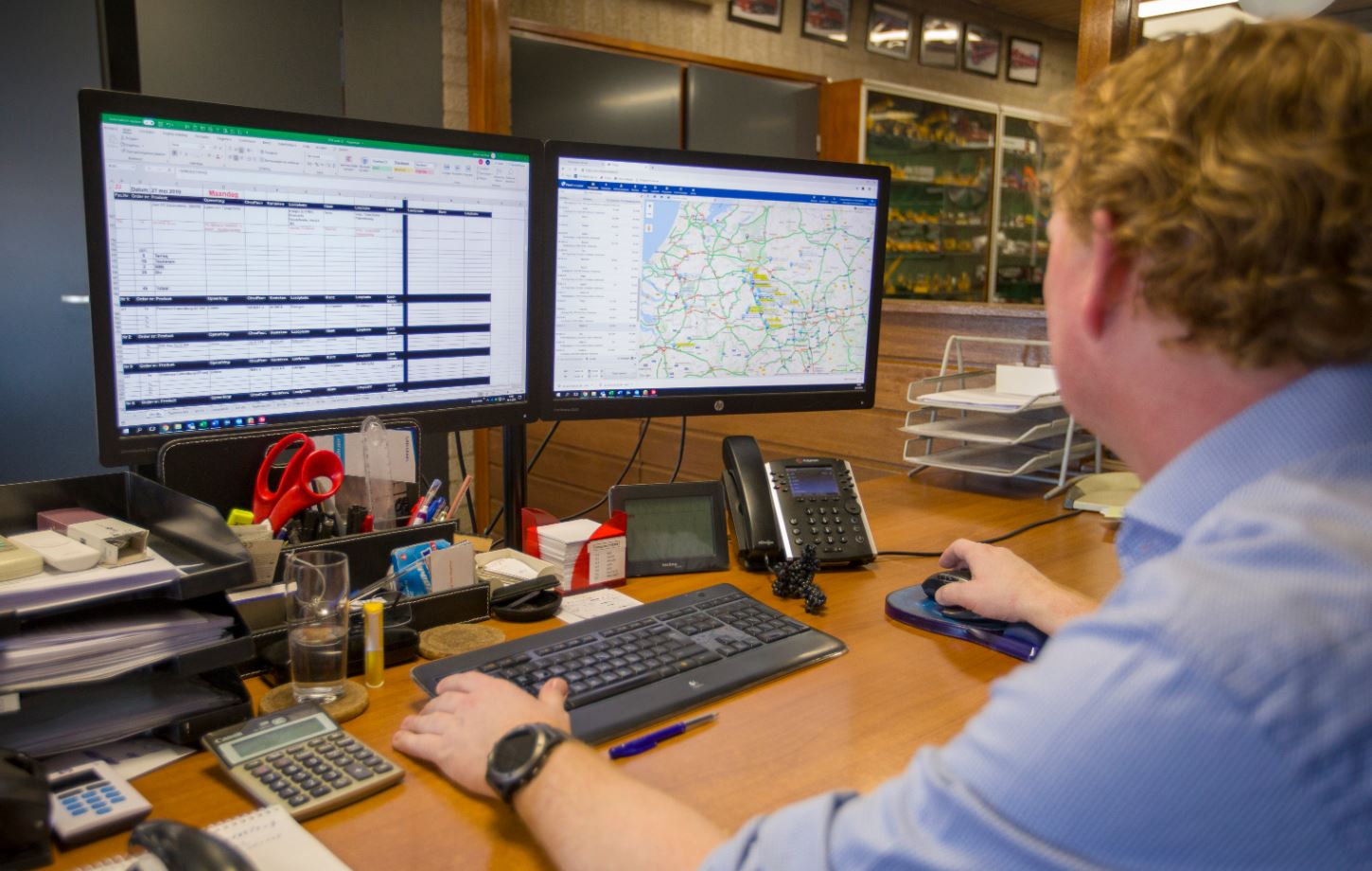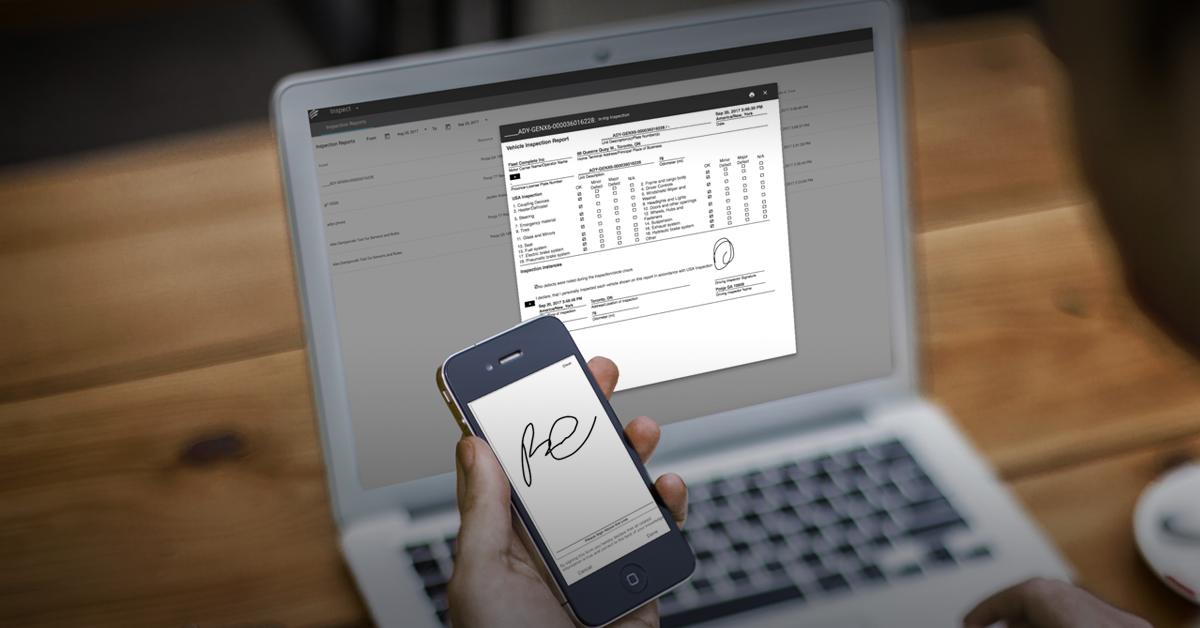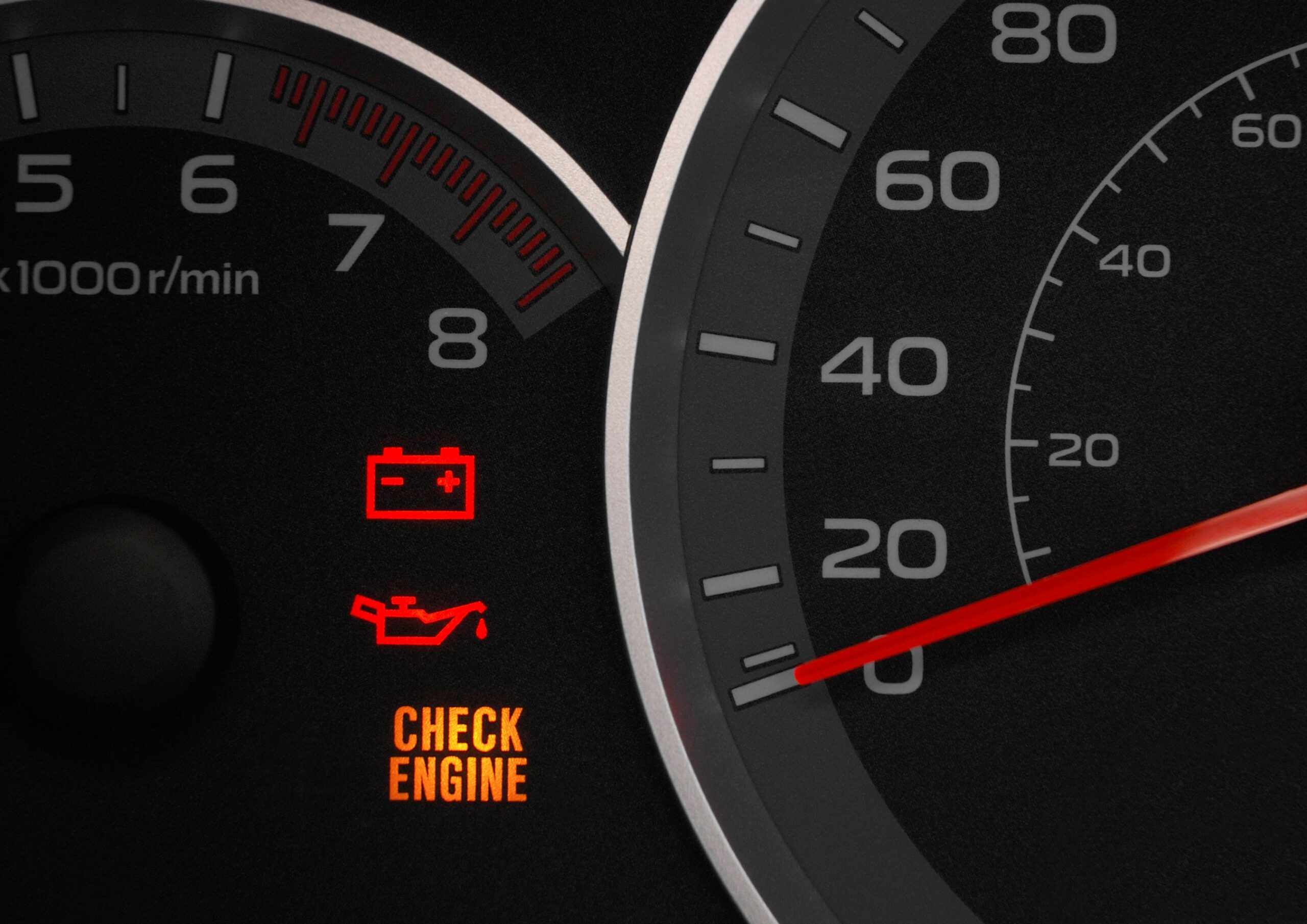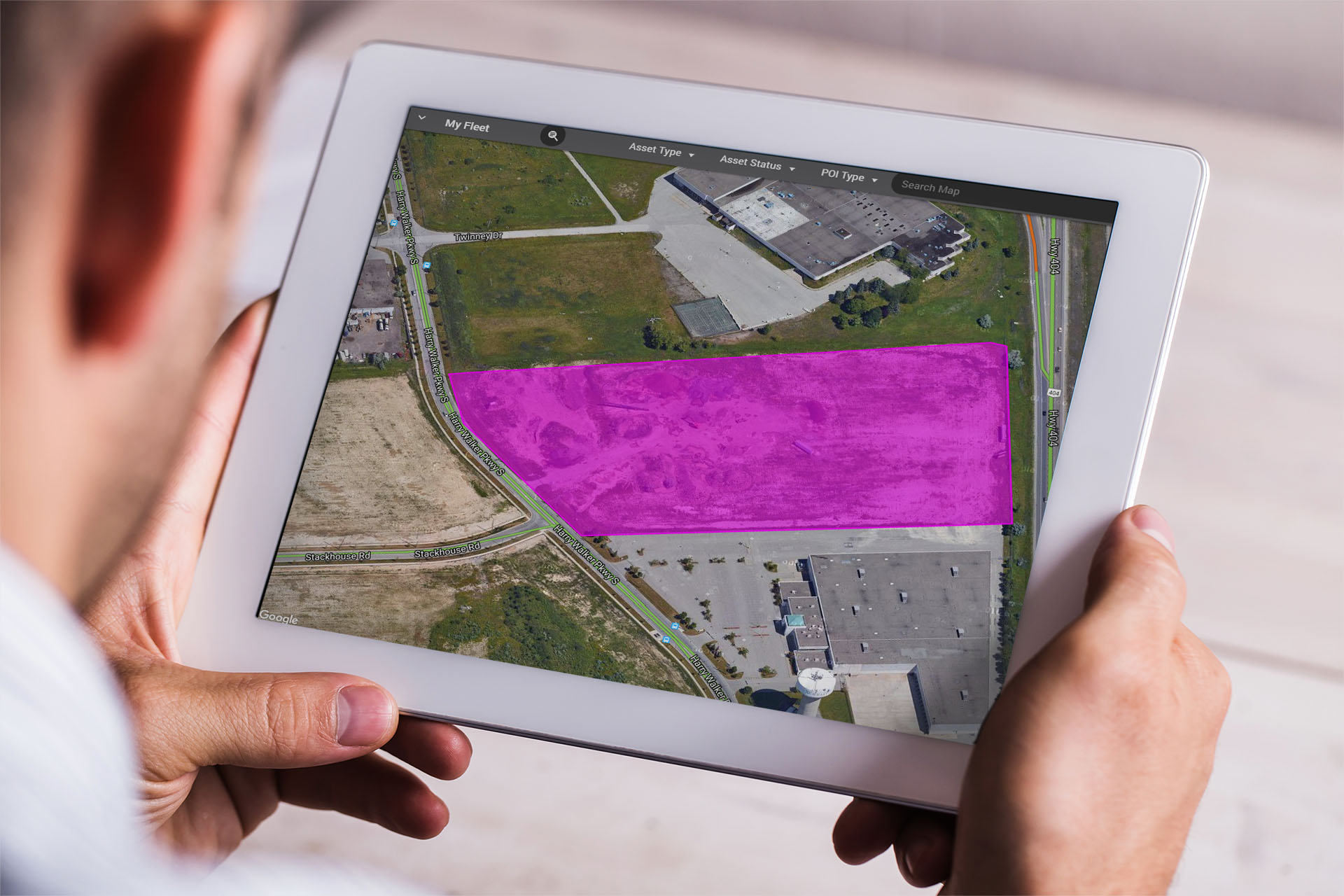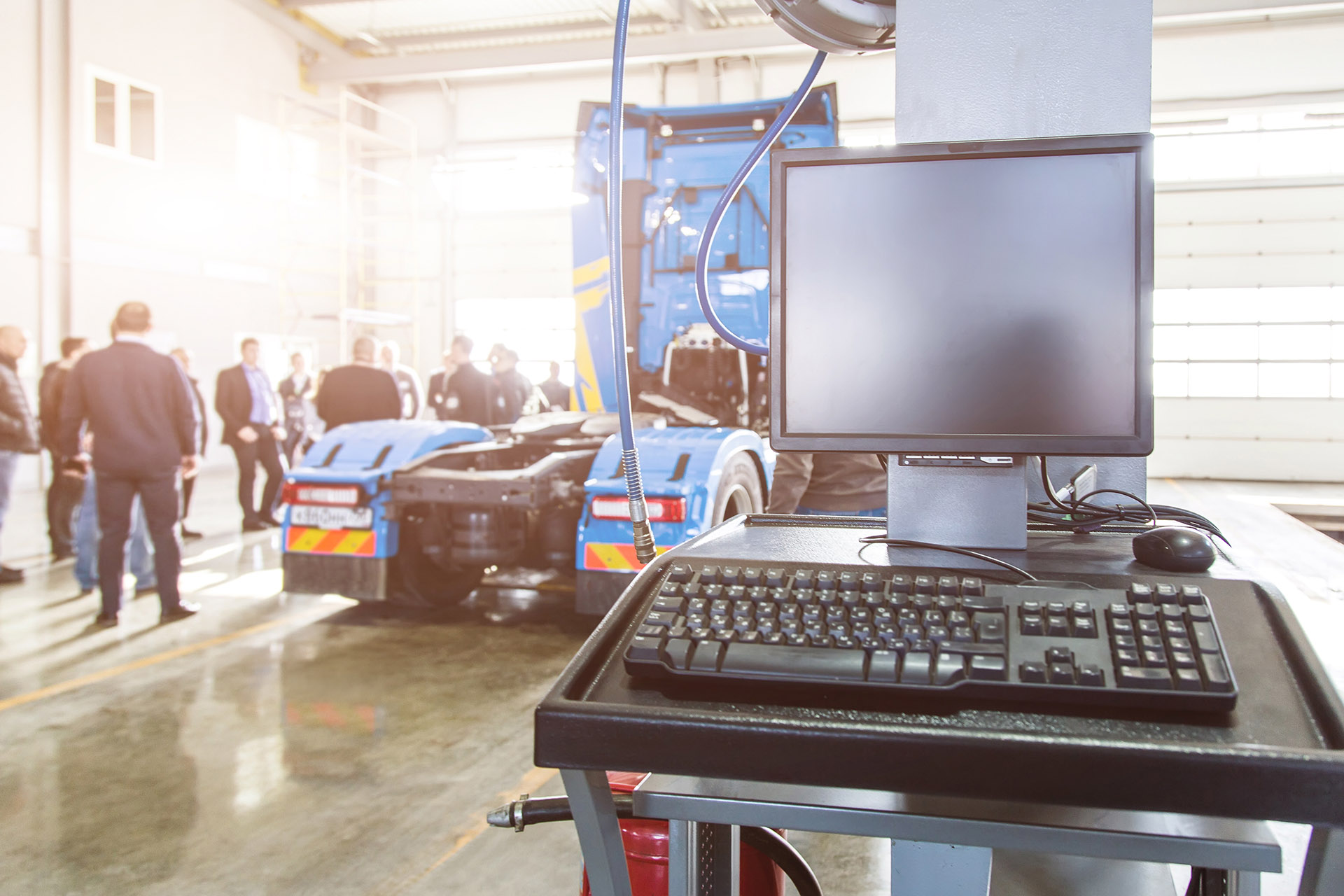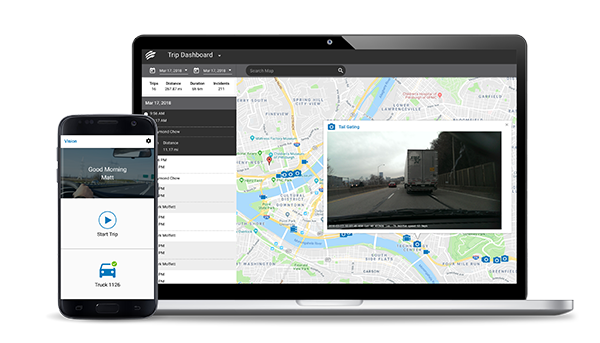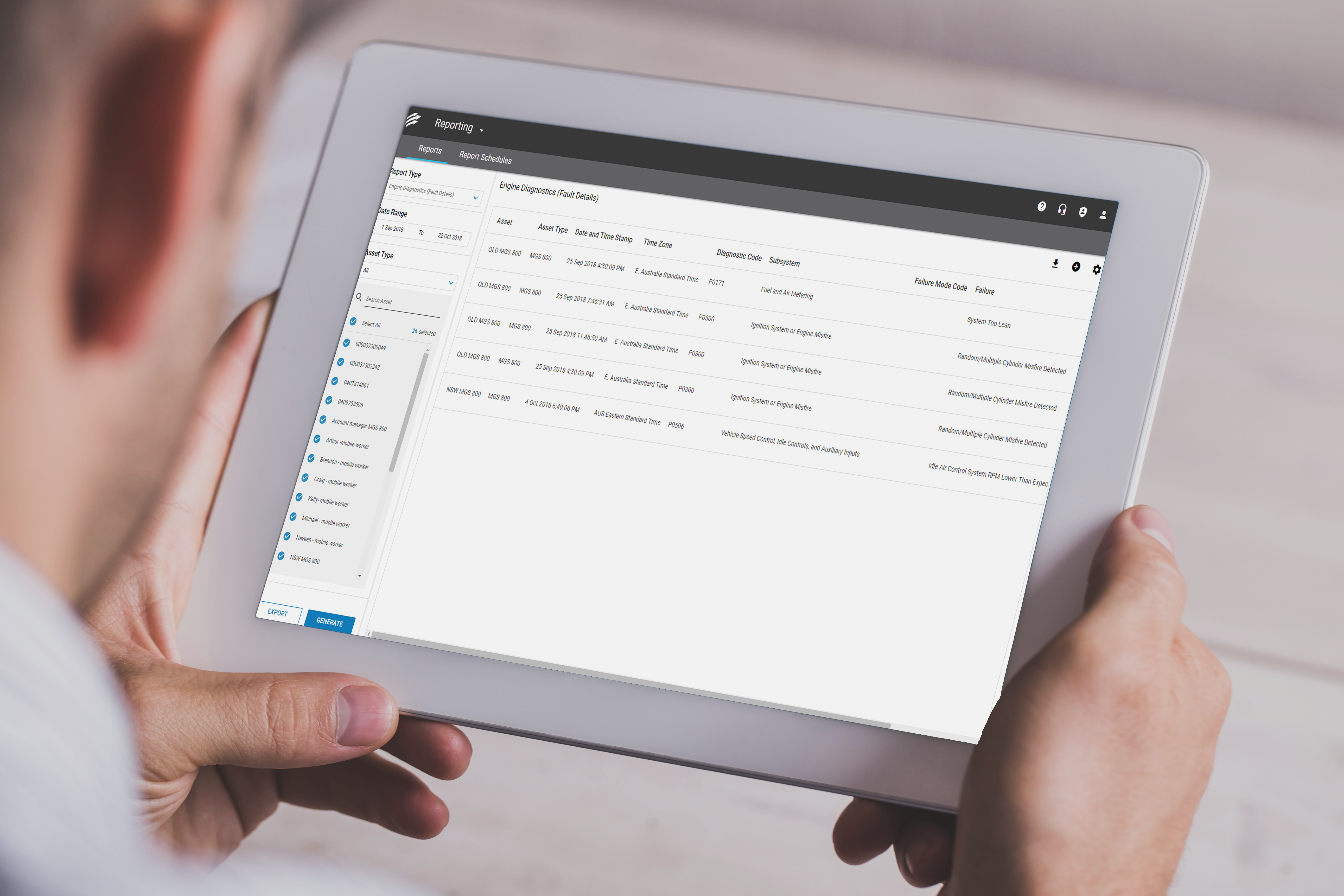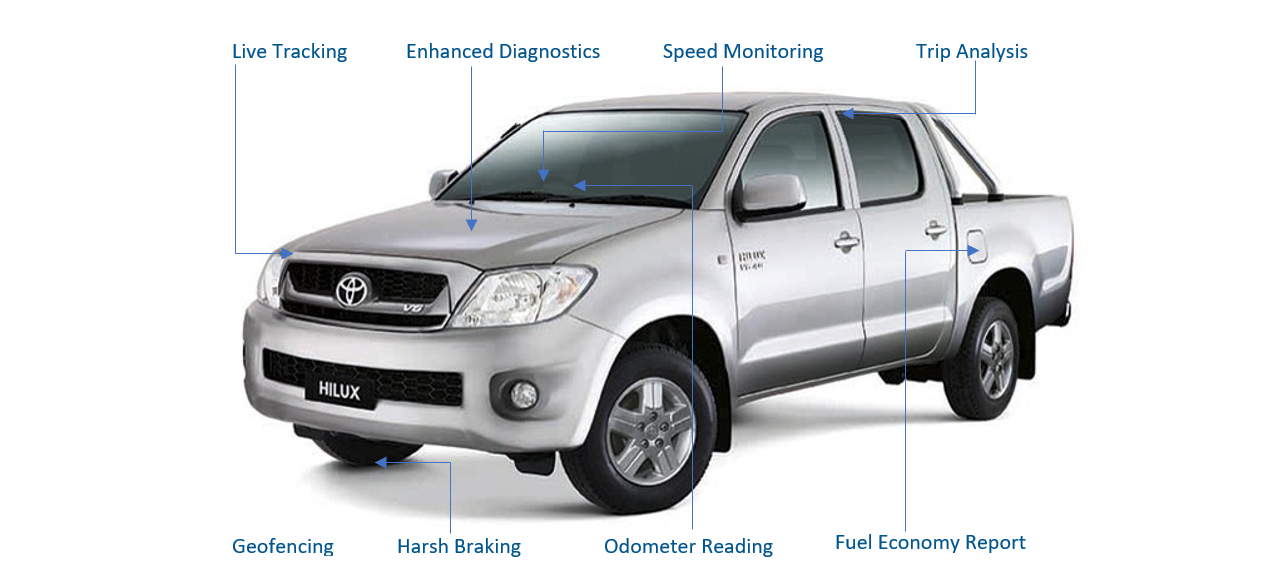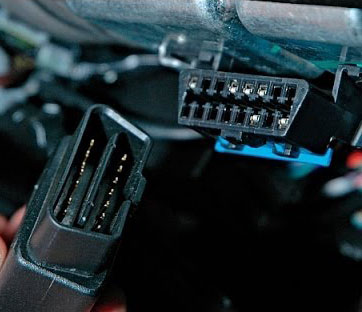Ever since the EWD approval on May 28, 2018, Australian heavy vehicle drivers no longer need to log their hours via the traditional paper logbook system and can do so via Electronic Work Diaries (EWD).
If you’re not sure what an EWD is, you’re at the right place. In this article, we’ll go through what an EWD is, how it works, how it differs from a traditional paper diary and how EWDs can benefit your fleets.

What is an Electronic Work Diary?
According to the NHVR, an EWD is a device that records the driver’s work and rest times. It functions as a voluntary alternative to the traditional written work diary. The device can be any portable electronic recording system like a mobile phone, tablet or a more traditional telematics device.
EWDs provide many benefits for drivers and managers. They allow drivers to be proactive about managing fatigue and help them monitor their driving performance and speed. They also reduce administrative burdens like the need to re-key spreadsheets. Overall, EWDs improve data accuracy and transparency, provide real-time data and help drivers plan their work and rest schedules.
How Does an EWD Work?
EWDs are simple to use and navigate. Drivers simply tap buttons on the touchscreen device to record their driving and resting hours. The EWD will automatically calculate the driver’s driving hours, speed, fatigue and provide instant feedback. The EWD also captures other relevant information like time and location. Management and back-office can remotely access driver data.
According to Geoff Casey, NHVR Safety and Productivity Executive Director, “All EWDs will have a standard graphical view of work and rest information similar to the daily sheet in the written work diary and will have the potential to alert drivers when a rest break is required.”

How Do EWDs Differ From a Paper Work Diary?
EWDs and the National Driver Paper Work Diary share the same function, which is to ensure that the driver’s work and rest hours comply with the HVNL laws and that their fatigue levels are constantly being managed.
Unlike the paperwork diary, the EWD is a digital system that can accurately calculate your driving time, speed level, and fatigue status. Drivers do not need to undergo any manual calculations or paperwork. The EWD also tracks journeys to the closest minute whereas paper diaries account for time within 15-minute intervals. EWDs are much quicker to fill out and reduce risks of incorrect data or of records being damaged or lost. EWDs can also alert drivers when they need to take breaks.
How Can EWDs Benefit Fleet Management?
It can be challenging for fleet managers to manage driver fatigue levels. According to Road Safety Transport, fatigue is one of the big three killers on NSW roads. A study conducted by the Adelaide Centre for Sleep Research found that an individual who has been awake for 17 hours has the same risk of crashing as someone with a BAC reading of 0.05/100mg, which makes them twice as likely to have an accident as someone with zero blood alcohol content who isn’t fatigued. Drivers who have been awake for 24 hours are seven times more likely to have an accident.

While education and training can help drivers be more accountable, it can be easy for drivers to lose track of time. With an EWD, not only do drivers have real-time alerts so they don’t miss any breaks, but managers can also gain access to this data to check up on their team. Managers can also access detailed driving reports to gain further analysis of their team’s driving behaviors.
As for administration, EWDs can reduce unnecessary paperwork and administrative costs. This helps drivers, managers and companies remain organised and compliant. It also helps drivers and managers free up essential working hours so they can focus on more important tasks.
An EWD is an invaluable tool for automating the record-keeping process and managing driver fatigue. EWDs have multiple benefits for drivers, including reducing administrative burden, helping drivers plan their driving schedules and giving real-time rest alerts so drivers don’t miss out on any essential breaks. They also help managers and back-office reduce administrative tasks and free-up working hours.



























